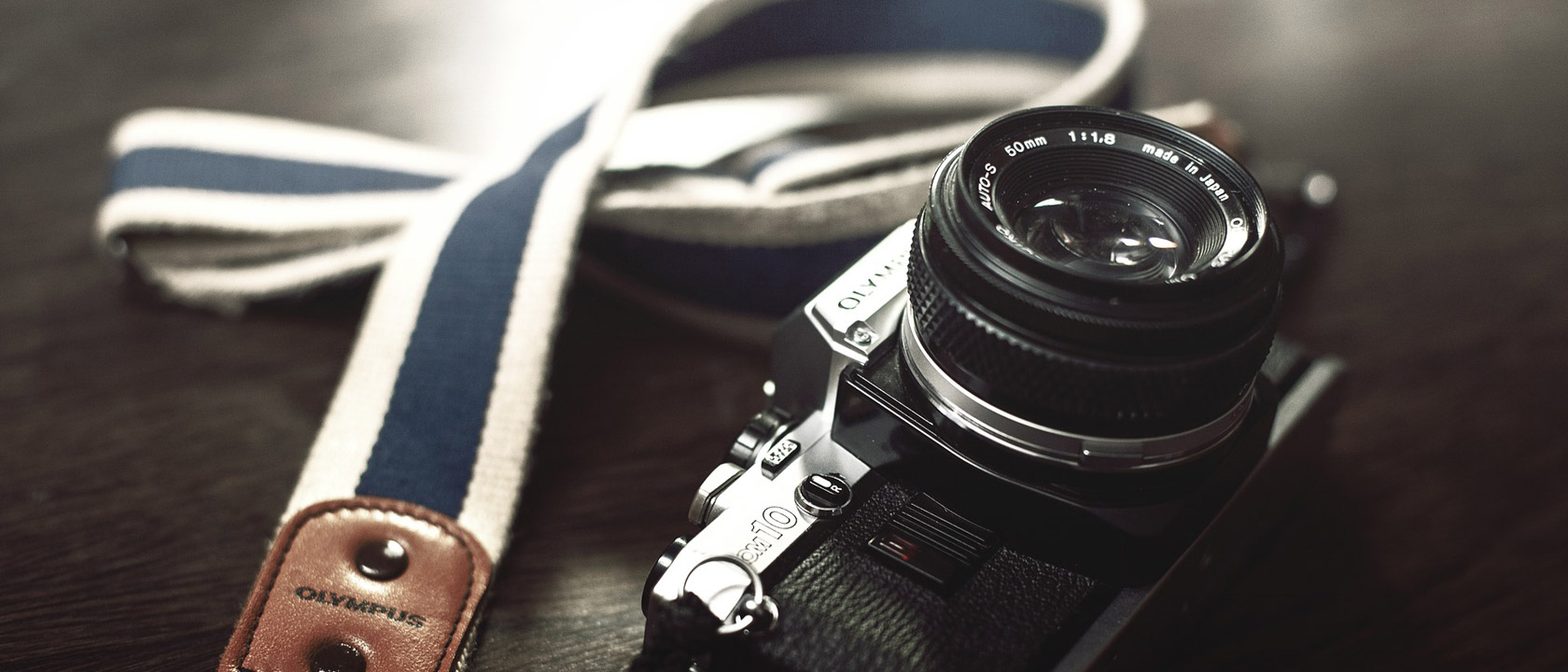Brian Anderson first made his name in skateboarding in the mid-nineties,
with a breakout part in “Welcome to Hell,” a video released by the
skateboard company Toy Machine. Not long afterward, he was named Skater
of the Year by the magazine Thrasher. The lithe yet powerful Anderson
assailed large handrails and mammoth concrete ledges with technical
dexterity; Jake Phelps, Thrasher’s editor-in-chief, remembers him as a
“barbaric dude” who was “larger than life.” Just a few years before,
Phelps noted, Anderson had been “working seventy hours a week as a line
cook.” Then, seemingly overnight, he was “the hottest thing in
skateboarding.”
Two decades later, Anderson became the most talked-about professional
skater once again, when, last September, Vice Sports released a video about him. In the video, after a skating montage and some comments from people who know
and admire him, Anderson says, “I’m a professional skateboarder, and we
are here to talk about the fact that I am gay.” The skateboarding world,
to the surprise of some outsiders, has not traditionally been a
welcoming place for gay skaters. In 1982, one of the sport’s most
influential early figures, Jay Adams, was found guilty of felony assault
after he and others stomped a gay man to death in Hollywood, California.
(Adams, who served six months for the crime, died in 2014, at the age of
fifty-three.) A decade later, when Anderson was seventeen and
living in New England, another professional skateboarder, Josh Swindell,
was convicted of second-degree murder in the killing of Keith Ogden, a
gay man whom Swindell beat to death after Ogden got in a fight with
another skater, Danny Way. At the time, the national attention and
outrage surrounding the murder of Matthew Shepard was still a few years
away; the military had recently instated its Don’t Ask, Don’t Tell policy for service members; marriage equality was nowhere near the national agenda.
Anderson was afraid to come out, “because it was a different time in
America,” he said.
Last fall, I visited Anderson and his husband, Andrew, at their home, in
Queens, and skateboarded with him on the Lower East Side. In the
course of our conversations, Anderson reflected on his experience as a
gay man in a community that has traditionally been less than welcoming
to the L.G.B.T.Q. community, and on the changing fabric of skateboarding
culture. After almost twenty years of accomplishing daredevil
maneuvers, Anderson said, “In my career, honestly, the hardest part was
to look at the camera and say that I’m gay.”
